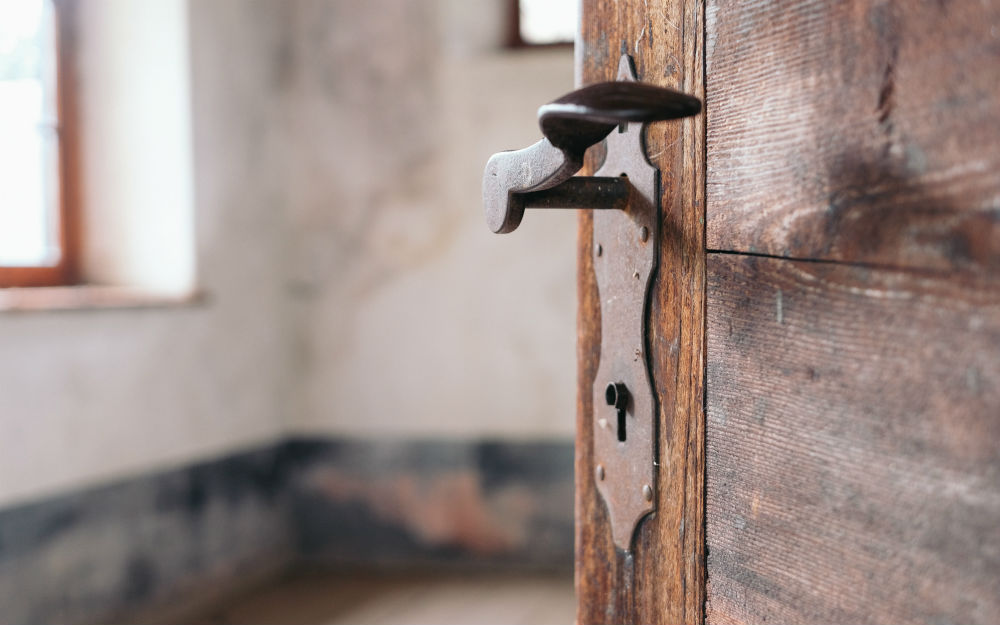If you are looking for an effective way to give your home an aesthetic improvement without discounting too much from your budget, the door handle is a great place to start. Handles come in a wide variety of forms and designs and there is something for every home.
But, even though we use these devices many times in a day, not too many people are familiar with the various considerations that need to be accounted for when selecting the right item for your home and needs. So, let’s get a grip on this important device that opens many doors.
1) Sprung Vs Unsprung
A sprung doorknob is a type that contains a spring in the door handle or doorknob. This spring is contained in the backplate of the door handle, also called the rose and causes the doorknob to return to its position once the handle has been released.
Unsprung handles lack their own spring and instead use the door lock itself to return to its original closed position. This means that the springs for the lock must be extra hefty. In the following images you can see an example of a traditional sprung door handle, with the lever design on the left, and on the right, is the unsprung Rushmore door handle.

2) The Rose
Concealing the backplate, the rose is a circular disc that sits at the base of the door handle and connects the handles and knobs to the concealed mechanisms within. Some of these are fixed to the face of the door and others will have concealed connections to the plate beneath.
If you take a look at this Mortice Mushroom Knob, you can see the three screw holes located on the face-fixing rose.
3) Escutcheon
The escutcheon is an often decorative piece of plating that surrounds the lock or keyhole similar to victorian door handles. In addition to being selected for their beauty, these are also important to protecting the keyhole from easy removal. They also protect the door and surrounding area from being scratched by many million prodding keys. You will find these items available in a wide variety of shapes and styles to suit every décor and architecture.
Here is a fine example of a covered, face-fixing escutcheon, notice it’s fairly uncommon rectangular shape, for the most part these are rounded.
4) Spindle
The spindle is the small metal rod that connects both door handles through the door itself and also operates the latch and locking mechanisms, these must be strong and durable but are generally cut from the same cloth. Here is what your average spindle looks like.
5) The Latch
The latch is the sturdy section of the door handle that will hold the door closed with a metal tongue that is held in the closed position by a spring. This is operated with the door handle or knob. There are even many options here as well, the latch itself can be flat or tubular. Many people will prefer the tubular option as it is easier to fit.
6) Bolt and Sleeves
Some doorknobs and handles will use the bolt and sleeve fixing to connect the mechanisms on the other side of the door without the use of screws. This is a good alternative to using screws because of the way the force of the actions will be distributed. In a bolt and sleeve system the force from the pull and pushing actions will be passed through the door to the sturdy mechanism on the other side as opposed to being exerted on a set of screws alone. These bolts and sleeves are available in a variety of measurements.
7) Backplate
The backplate is a piece of specially formed metal that connects the levers and the knobs that allow the door handle to function. You will find that backplates also come in a wide variety of designs and finishes.
8) Measurements
Getting the measurements right is essential to getting the right door handle for you. There are actually three major measurements used today and should be considered.
The PZ – this is the distance from the centre of the handle to the centre of the keyhole.
The distance between the centres of the top screw to the centre of the bottom screw.
The length of the handle plate from top to bottom.

